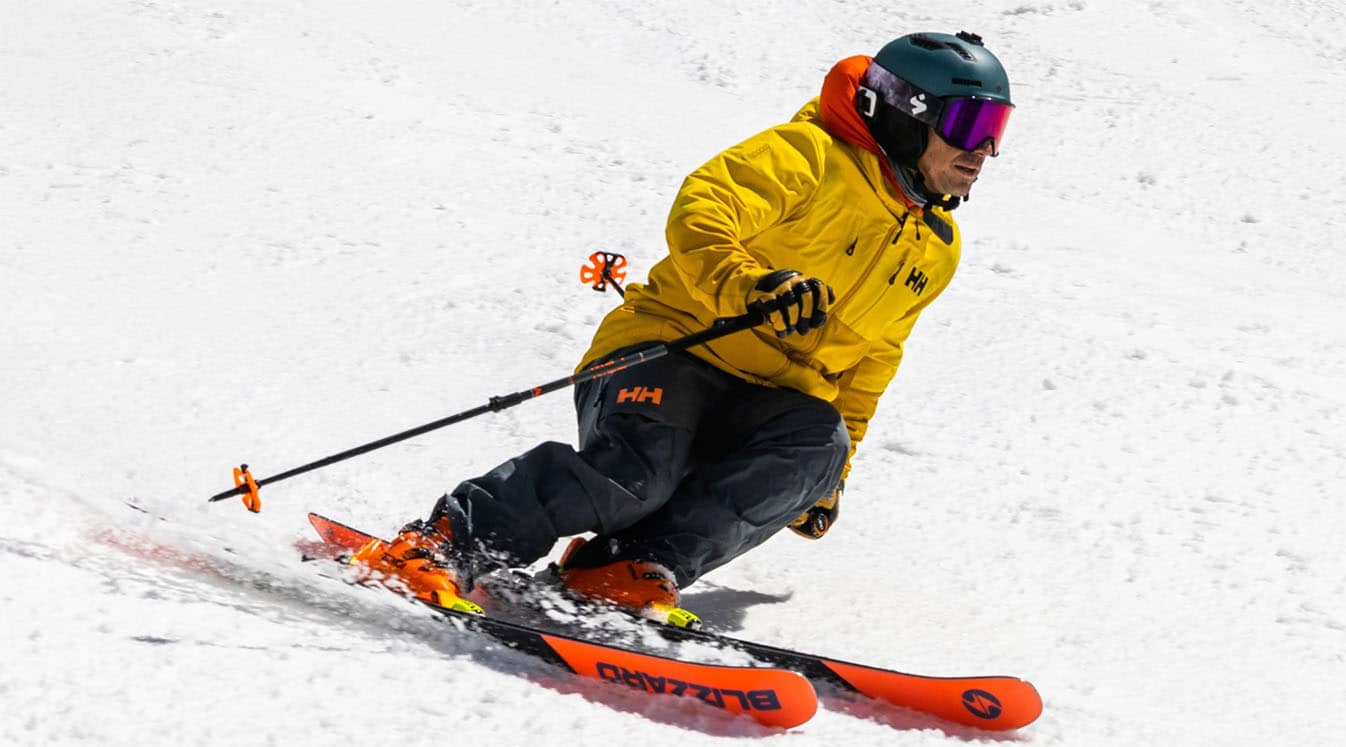Use a Skiing Communication Device to Stay Connected
Safety Gear
Backcountry skiing isn’t as dangerous as gliding down the side of a mountain, but there are still plenty of risks. The main concerns you need to be aware of are wildlife and avalanches. Frostbite and hypothermia can also be a cause for concern. You will be miles away from the resort or park entrance, and it may take a rescue team several minutes to find you.
That’s why you need to dress warmly on the trail. That includes waterproof snow pants, gloves, a jacket and a hat. You should be wearing enough layers to keep you warm for several hours at least. You’ll also need an approved ski helmet and snow goggles that keep the sun out of your eyes, as well as foot binders and proper ski boots that fit with your skis.

Facebook/Cardo Systems
Communication System
You should have a way to radio or call for help in the event of an emergency. You could easily get lost during a major snowstorm or if the wind blows away your tracks. Keep a cell phone and GPS device on your person at all times just to be safe, as well as a paper map of the area in case you lose service.
You will also need to learn how to communicate while skiing so you can navigate the trail at the same time. Your hands will be full most of the time, so physically interacting with your phone or GPS may not be an option on the trail. You may also have to take your gloves off to access the touchscreen feature, which can leave you exposed to frostbite.
The best way to communicate is to use a skiing communication device that syncs up wirelessly with your phone or GPS. The device fits onto your helmet, so you can hear everything the other person is saying. Just speak into the microphone to start a conversation or access the features of your phone.
Learn How to Communicate While Skiing

Facebook/Cardo Systems
Wilderness Survival
Now that you have the basics to start skiing, it’s time to think about everything that could go wrong on the trail. You may need to bring along a waterproof ski backpack full of supplies to make it through the icy tundra. This may include an avalanche beacon that you can use to communicate your location to first responders. The device is worn on the body and transmits your location to nearby radio frequencies. You can use the “search” feature to find radio signals in your area. Rescue crews will do the same to locate you as fast as possible if you get lost or stranded.
You can also bring along a probe to test out the ground and snow in front of you. If the snow appears unstable, you should find another path to avoid causing an avalanche or getting stuck in a pit. Keep a snow shovel on your person to get rid of excess snow in an emergency.
You may also want to bring along high-energy food and water if you plan on straying too far from the lodge. Cross-country skiing is a highly involved activity, and you will need to keep your strength up to make it home in one piece.
Backcountry skiing can be your ticket to the adventure of a lifetime, but you need to prepare for the worst. This gear will help you navigate the trail safely so you don’t get lost along the way.








